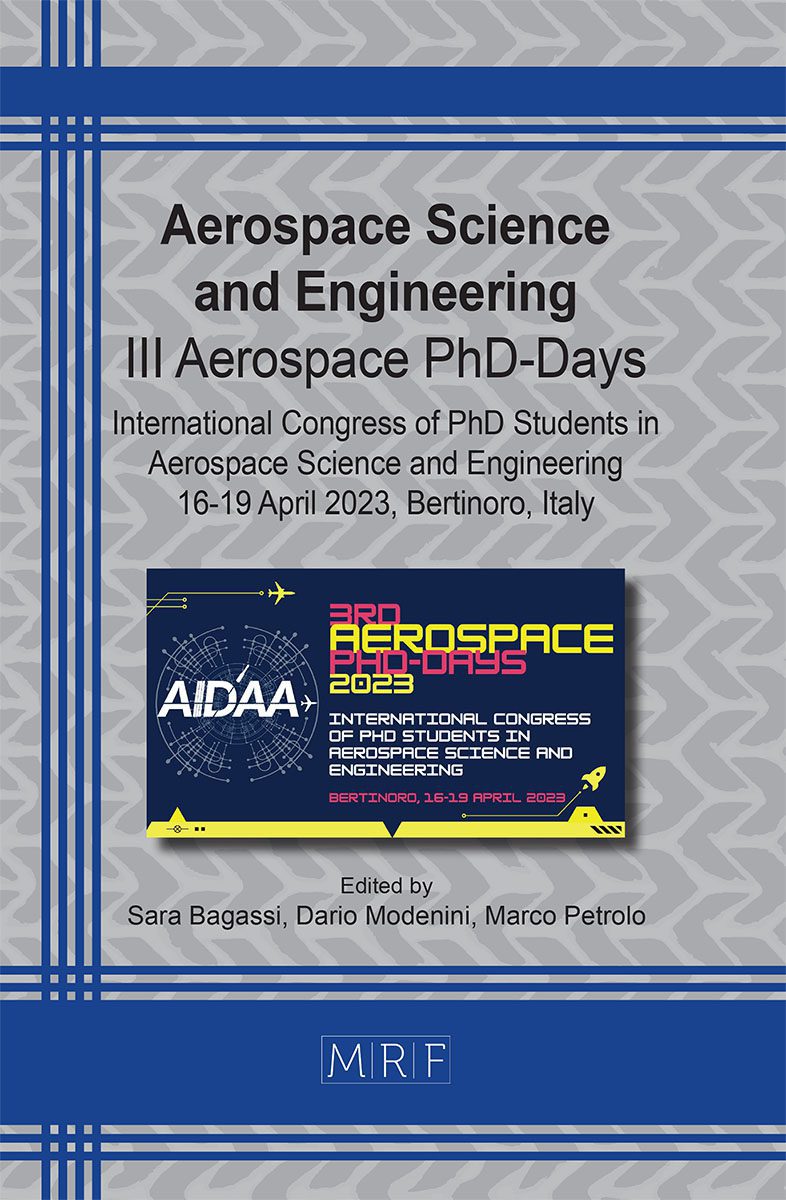A study of characteristic element length for higher-order finite elements
Jiahui Shen
download PDFAbstract. The utilization of a fracture energy regularization technique, based on the crack band model, can effectively resolve the issue of mesh-size dependency in the finite element modelling of quasi-brittle structures. However, achieving accurate results requires proper estimation of the characteristic element length in the finite element method. This study presents practical calculation methods for the characteristic element length, particularly for higher-order finite elements based on the Carrera Unified Formulation (CUF). Additionally, a modified Mazars damage model that incorporates fracture energy regularization is employed for damage analysis in quasi-brittle materials. An experimental benchmark is adopted then for validation, and the result shows that the proposed methods ensure accurate regularization of fracture energy and provide mesh-independent structural behaviors.
Keywords
Fracture Energy Regularization, Characteristic Element Length, Damage Analysis, Higher-Order Beam Theories, Carrera Unified Formulation
Published online 9/1/2023, 7 pages
Copyright © 2023 by the author(s)
Published under license by Materials Research Forum LLC., Millersville PA, USA
Citation: Jiahui Shen, A study of characteristic element length for higher-order finite elements, Materials Research Proceedings, Vol. 33, pp 226-232, 2023
DOI: https://doi.org/10.21741/9781644902677-33
The article was published as article 33 of the book Aerospace Science and Engineering
![]() Content from this work may be used under the terms of the Creative Commons Attribution 3.0 license. Any further distribution of this work must maintain attribution to the author(s) and the title of the work, journal citation and DOI.
Content from this work may be used under the terms of the Creative Commons Attribution 3.0 license. Any further distribution of this work must maintain attribution to the author(s) and the title of the work, journal citation and DOI.
References
[1] M Petrolo, E Carrera, M Cinefra, E Zappino. Finite element analysis of structures through unified formulation. John Wiley & Sons, 2014. https://doi.org/10.1002/9781118536643.index
[2] E Carrera, M Filippi, E Zappino. Laminated beam analysis by polynomial, trigonometric, exponential and zig-zag theories. European Journal of Mechanics-A/Solids 41 (2013): 58-69. https://doi.org/10.1016/j.euromechsol.2013.02.006
[3] A Pagani, E Carrera, R Augello, D Scano. Use of Lagrange polynomials to build refined theories for laminated beams, plates and shells. Composite Structures 276 (2021): 114505. https://doi.org/10.1016/j.compstruct.2021.114505
[4] J Shen, A Pagani, MRT Arruda, E Carrera. Exact component-wise solutions for 3D free vibration and stress analysis of hybrid steel–concrete composite beams. Thin-Walled Structures 174 (2022): 109094. https://doi.org/10.1016/j.tws.2022.109094
[5] G Pijaudier-Cabot, ZP Bažant. Nonlocal damage theory. Journal of engineering mechanics 113.10 (1987): 1512-1533. https://doi.org/10.1061/(ASCE)0733-9399(1987)113:10(1512)
[6] EC Aifantis. On the role of gradients in the localization of deformation and fracture. International Journal of Engineering Science 30.10 (1992): 1279-1299. https://doi.org/10.1016/0020-7225(92)90141-3
[7] G Duvant, JL Lions. Inequalities in mechanics and physics. Vol. 219. Springer Science & Business Media, 2012. http://dx.doi.org/10.1007/978-3-642-66165-5
[8] ZP Bažant, BH Oh. Crack band theory for fracture of concrete. Matériaux et construction 16 (1983): 155-177. https://doi.org/10.1007/BF02486267
[9] M Jirásek, M Bauer. Numerical aspects of the crack band approach. Computers & structures 110 (2012): 60-78. https://doi.org/10.1016/j.compstruc.2012.06.006
[10] J Shen, MRT Arruda, A Pagani. Concrete damage analysis based on higher-order beam theories using fracture energy regularization. Mechanics of Advanced Materials and Structures (2022): 1-15. https://doi.org/10.1080/15376494.2022.2098430
[11] S Govindjee, GJ Kay, JC Simo. Anisotropic modelling and numerical simulation of brittle damage in concrete. International journal for numerical methods in engineering 38.21 (1995): 3611-3633. https://doi.org/10.1002/nme.1620382105
[12] J Oliver. A consistent characteristic length for smeared cracking models. International Journal for Numerical Methods in Engineering 28.2 (1989): 461-474. https://doi.org/10.1002/nme.1620280214
[13] AT Slobbe, MAN Hendriks, JG Rots. Systematic assessment of directional mesh bias with periodic boundary conditions: Applied to the crack band model. Engineering Fracture Mechanics 109 (2013): 186-208. https://doi.org/10.1016/j.engfracmech.2013.06.005
[14] W He, Y Xu, Y Cheng, PF Jia, TT Fu. Tension-compression damage model with consistent crack bandwidths for concrete materials. Advances in Civil Engineering 2019 (2019). https://doi.org/10.1155/2019/2810108
[15] J Mazars. Application de la mécanique de l’endommagement au comportement non linéaire et à la rupture du béton de structure. THESE DE DOCTEUR ES SCIENCES PRESENTEE A L’UNIVERSITE PIERRE ET MARIE CURIE-PARIS 6 (1984).
[16] MRT Arruda, J Pacheco, LMS Castro, E Julio. A modified mazars damage model with energy regularization. Engineering Fracture Mechanics 259 (2022): 108129. https://doi.org/10.1016/j.engfracmech.2021.108129
[17] M Hassanzadeh. Behaviour of fracture process zones in concrete influenced by simultaneously applied normal and shear displacements. Division of Building Materials, Lund Institute of Technology, 1992.































